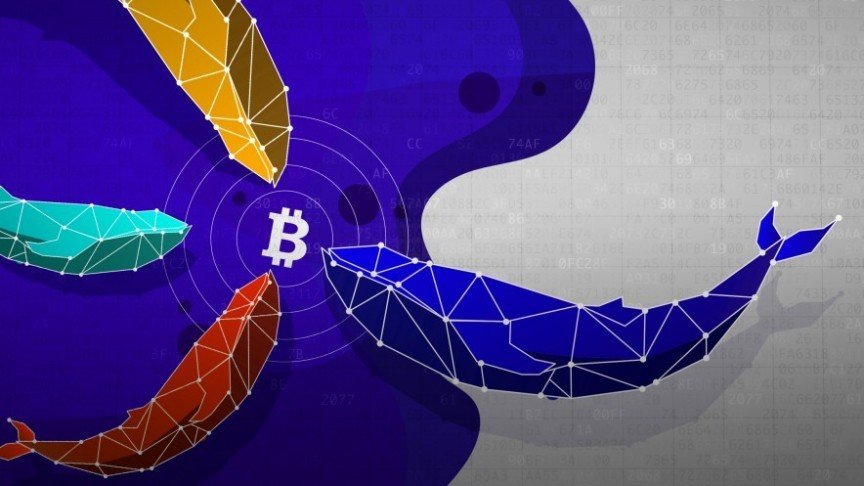Table of Contents
The Epoch Times, a US-based Chinese-language newspaper affiliated with the Falun Gong movement, published a report claiming that the digital yuan project had “failed.” It also called it a sign of President Xi Jinping’s “weakening power.”
The media outlet is often highly critical of the Chinese Communist Party (CCP). It also publishes far-right content and content in support of President-elect Donald Trump. Epoch Time is currently banned in mainland China.
Beijing’s plans for a central bank digital currency (CBDC) took a major hit earlier this month. The original mastermind behind the digital yuan, Yao Qiao, was expelled from the CCP after being accused of accepting bribes in cryptocurrency. Yao is also alleged to have made secret deals with technology companies.
Digital Yuan Failed, Says Epoch Times
Yao is the former head of the Science and Technology Supervision Department of the China Securities Regulatory Commission. According to the Epoch Times, Xi Jinping has been promoting the digital yuan project “vigorously” since coming to power.
However, that project would now have failed with the fall of Yao, who was said to be “the person who knows the most about digital currency in China.”
The outlet also speculates that there may be people behind the political scenes in Beijing who don’t want the project to go ahead. Yao is also a former director of the Digital Currency Research Institute, and has been working on digital yuan adoption projects since 2014.
Beijing has never set an exact date for the launch of its CBDC. But it has made a point of promoting the currency at several high-profile international events in recent years.
Furthermore, China has expanded the area of its pilot project to cover much of the mainland as well as Hong Kong.
Has Chinese CBDC slowed down?
However, this year, there has been a bit of a slowdown in news about digital yuan developments.
The Epoch Times says a hint of this already appeared in an article that mainland China’s The Paper newspaper published last year. The headline read: “The digital yuan has been hyped for four years. So why are so few people using it?”
Unlike The Epoch Times, The Paper is run by the Shanghai United Media Group, a state-owned company. So these are not the words of a newspaper that opposes the Chinese government.
In addition, a local internet celebrity conducted a survey on X (formerly Twitter) according to which 90% of respondents had never seen or used the digital yuan.
The Epoch Times claims that the digital yuan has become one of Xi Jinping’s many unfinished projects. It also says that Beijing’s official line on the token appears to have changed:
“Previously, (Beijing claimed) that the digital yuan would change people’s lives. But now it claims that the digital yuan is a supplement to the existing payment system. Isn’t this an admission of failure?”
A regular contributor to the publication also stated that Yao Qian’s downfall represents the end of the line for the project.
Shanghai moves forward with adoption
Yao’s resignation may indeed be a setback, and it seems true that recent developments on the digital yuan are proceeding more slowly than before. However, not everyone seems ready to bury the CBDC project.
After all, different regions of China are still trying to adopt the currency, albeit at a seemingly slower pace than before.
On November 25, China Securities reported that the Shanghai Municipal Government is considering new measures for CBDC adoption. This follows a similar announcement from Fuzhou, which gave the green light to new plans to use the digital yuan for project financing.
Therefore, there is no official information regarding delays in the project, much less about a possible cancellation of the digital yuan.
BRICS can be a lifeline
The expansion of BRICS and a recent summit in Kazan, Russia, could also open new doors for the digital yuan.
BRICS leaders made several important decisions on financial cooperation in Kazan. For example, they signed an agreement to use a shared CBDC system to support cross-border payments.
In October, the CCP’s English-language newspaper China Daily published a column by a contributor who stated:
“BRICS is one of the best possible areas for China to start internationalizing its digital yuan, along with the Belt and Road Initiative, the 21st Century Maritime Silk Road and the Regional Comprehensive Economic Partnership, without neglecting the important role that Hong Kong can play.”
Traveling more than 40,000 kilometers, President Xi Jinping has leveraged his 11-day Latin American tour, which concluded on Saturday, to once again send out a message of "friendship, unity and cooperation" in order to build a community with a shared future for mankind, according… pic.twitter.com/OeagzCOu7k
— China Daily (@ChinaDaily) November 25, 2024
Moscow, an ally of Beijing, also plans to launch its own digital currency, the digital ruble, sometime in 2025. Top Russian lawmakers have claimed that the Russian CBDC could be “compatible” with the digital yuan and other BRICS digital currencies.
Initially, BRICS only included Brazil, Russia, India, China and South Africa (which later joined the group). However, in recent years, the organization has begun a project to expand its associated countries.
Recently, Egypt, Saudi Arabia, the United Arab Emirates, Iran and Ethiopia joined the group. In addition, there are several other applications currently being evaluated. Therefore, BRICS could become a good way to expand new projects in developing countries.
This movement occurs at a time when Russia and China, in particular, are seeking to strengthen themselves internationally in opposition to the US and Europe.
CBDC projects gain momentum around the world
Currently, dozens of countries are moving forward with digital currency projects linked to their central banks. The aim is to try to use blockchain technology to generate governance and financial security benefits in the digital age.
However, the stage of development can vary greatly depending on the case. For example, Brazil is in the testing phase of Drex, the “digital real”, but has not yet taken the pilot to end users. For now, several consortiums have been testing new products on the network that the Central Bank (BC) is developing.
Drex is currently expected to be implemented in 2025 or even 2026. However, the project schedule has already suffered some delays, mainly due to privacy-related issues. Therefore, it is not ruled out that further setbacks will occur.
In addition, there are countries adopting a more cautious stance towards CBDC projects. This is the case of Norway, which has postponed efforts to develop such a solution.
- What Is the Chaikin Money Flow (CMF) Indicator and Why Should You Watch It - April 7, 2025
- Conor McGregor Enters the Crypto Arena with His Own Memecoin - April 7, 2025
- Bitcoin Whales Buy the Dip – First Major Accumulation in 8 Months - April 4, 2025


























